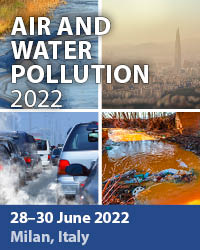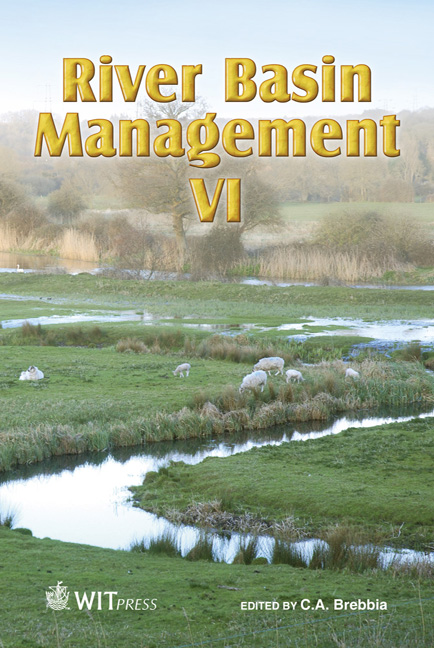Determination Of Thermal Stratification And Its Effects On Water Quality In Dams Using Analytical Methods
Price
Free (open access)
Transaction
Volume
146
Pages
10
Page Range
379 - 388
Published
2011
Size
475 kb
Paper DOI
10.2495/RM110321
Copyright
WIT Press
Author(s)
G. Badalians Gholikandi, E. Jalilzadeh, H. R. Orumieh & H. R. Tashaouie
Abstract
Data analysis should be viewed as an integral component of the water quality management process [1]. Statistical techniques such as factor analysis (FA), cluster analysis (CA) and T test were applied to get information about the similarities or dissimilarities, to detect thermal stratification and to interpret Amir Kabir Dam water quality data. Analyses were based on 150 total samples from 5 depths during about a two year period (from April 2008 to April 2010) which were measured for 29 (19 physicochemical and 10 biological) parameters resulting in 4350 observations. Using PCA/FA for physicochemical variables, five Varifactors were obtained with eigenvalues >1 contributing to almost 82.342% of total variance in water dataset which are included on the components. Moreover, FA is a helpful method for physicochemical data reduction, although it is not as good for biological data reduction. Thermal stratification is the biggest problem at the majority of deep reservoirs resulting from the surface warming. It results in water quality detritions in the bottom layers. Finding the depths affected by this occurrence is an important problem in the management of reservoirs. In this study CA and t-test were applied to identify thermal stratification and its consequences on water quality. Sampling stations were grouped into two main classes using CA during each season. After CA, T test was applied to detect the statistical importance of differences between Water Research Institute (WRI), Iran
Keywords
water quality, thermal stratification, statistical techniques FA/CA/T test, Amir Kabir Dam





